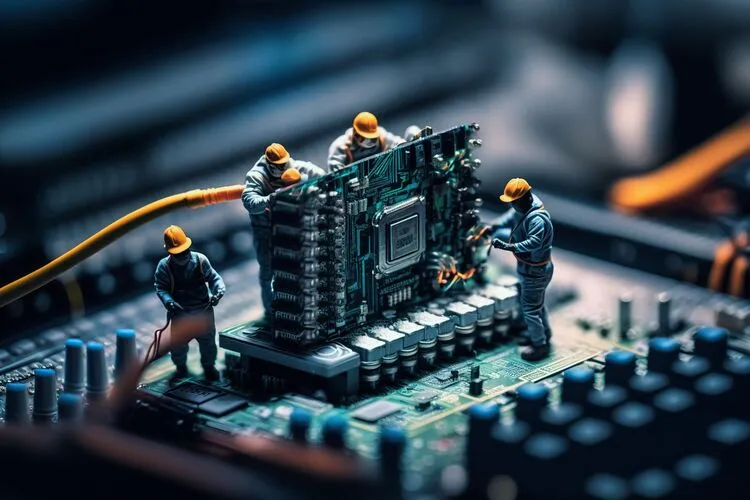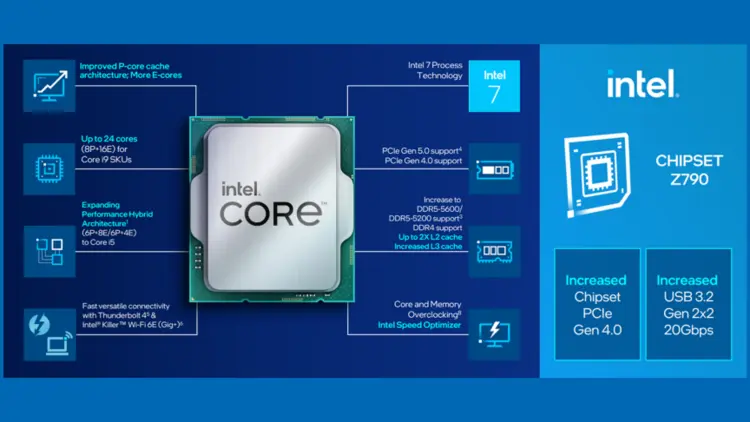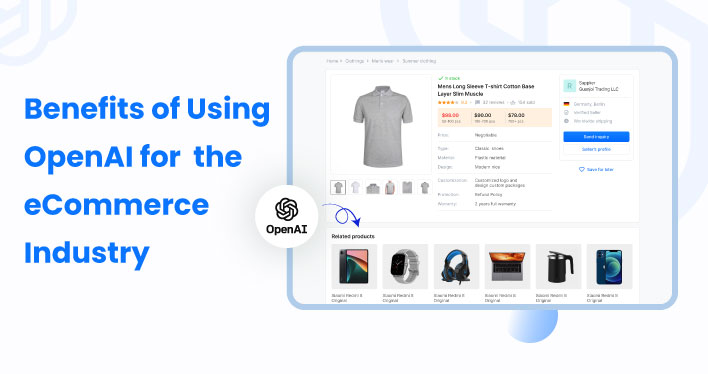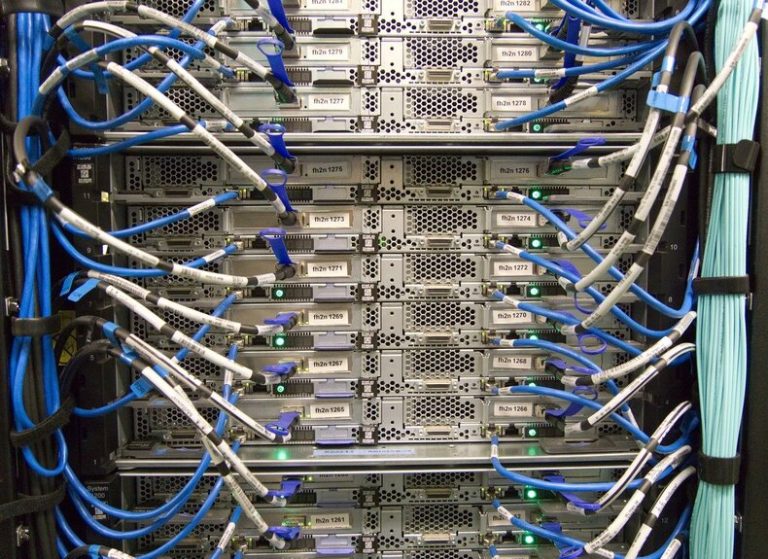Future Of IT Support: Emerging Technologies And Their Impact
Advancements in technology have reshaped the corporate landscape dramatically. One area that has experienced significant transformation is the realm of Information Technology. The advent of new technologies has brought a radical shift in how IT services are delivered, forever altering the landscape of IT support.
This article delves into the future of IT support, examining how emerging technologies will impact this critical business function. It explores the role of these innovations in shaping the strategies, processes, and practices in IT support and discusses the implications for businesses and IT professionals.

Role of Emerging Technologies in IT Support
With the evolution of the technological landscape, IT support has become more dynamic than ever. Cloud computing, artificial intelligence, and automation are just a few of the new technologies that are altering the world of IT support.
Cloud computing, for instance, has become a game-changer. It hasn’t only redefined storage and computing but also revolutionized IT support. With data and applications hosted in the cloud, IT teams can troubleshoot and resolve issues remotely, significantly reducing downtime.
Artificial intelligence is another key player. AI-based tools like chatbots can now handle basic IT support queries, freeing up human agents to tackle more complex issues. This technology not only streamlines processes but also improves efficiency and user satisfaction.
The rise of automation in IT support can’t be overlooked. Automated systems can now handle routine tasks such as system updates and security checks, allowing IT professionals to focus on more strategic responsibilities.
Impact of Emerging Technologies on Businesses and IT Professionals
Technological advancements in IT support hold vast implications for businesses and IT professionals.
For businesses, these technologies can significantly enhance operational efficiency and cost-effectiveness. Cloud computing reduces infrastructure costs, AI enhances customer support efficiency, and automation eliminates manual, time-consuming tasks.
For IT professionals, these technologies present new opportunities and challenges. As routine tasks become automated, IT professionals must develop new skills. Roles will shift from technical troubleshooting to strategic problem-solving, requiring professionals to upskill and adapt.
The Influence of Virtual Reality and Augmented Reality
Virtual Reality (VR) and Augmented Reality (AR) are technologies poised to influence IT support in numerous ways. These technologies can provide immersive and interactive experiences that may transform how IT professionals provide support and training.
Imagine a technician guiding you through a hardware issue via AR or a team member being trained on new software using a VR simulation. It’s not only efficient but also greatly enhances understanding and retention.
Impact of the Internet of Things on IT Support
The Internet of Things (IoT) is another major player in the landscape of IT support. As devices become more interconnected, a vast data network is generated, leading to unprecedented opportunities for enhanced support.
IoT can provide IT support teams with real-time analytics, enabling proactive support strategies. Instead of merely reacting to problems as they arise, IT professionals can anticipate and address issues before they escalate, dramatically improving customer satisfaction and operational efficiency.
The Transformational Role of Blockchain
Blockchain, primarily known for its role in cryptocurrency, also has potential applications in IT support. With its decentralized and secure nature, blockchain could solve numerous IT security and integrity issues.
Consider the authenticity of software updates or the security of customer data. Blockchain can offer increased transparency and security in these areas, leading to a robust IT support system and enhanced customer trust.
Integration of Big Data and IT Support
Big Data and its associated analytics have significant implications for IT support. It allows for identifying patterns and trends in support needs, informing the development of proactive strategies.
For instance, predictive analytics could anticipate high-demand periods or common issues following a software update. It enables IT support teams to prepare and respond more effectively, reducing downtime and improving user experience.
Influence of 5G on IT Support
The arrival of 5G, with its promise of super-fast speeds and reduced latency, will create a fundamental shift in IT support. It will enable faster and more efficient data transfer, making remote support and maintenance more feasible and effective. Furthermore, with the proliferation of 5G, the Internet of Things will reach new heights, leading to more complex IT support needs and strategies.
Edge Computing and Its Impact
Edge computing, which moves data processing from a centralized location to the ‘edge’ of the network closer to the data source, will also influence the future of IT support.
With edge computing, IT support can experience less network latency, improving response times and service quality. It also brings unique security considerations and demands for IT support teams, who will need to ensure the safety of data processing at multiple points in a network.
The Role of Quantum Computing

Quantum computing, although still in its nascent stages, holds immense potential. By performing complex calculations at unprecedented speeds, quantum computing could revolutionize problem-solving in IT support. This technology could also bring about novel security threats, requiring IT support teams to develop new skills and approaches for safeguarding systems.
Cybersecurity in the Age of New Technology

As emerging technologies become more integrated into business operations, the role of cybersecurity in IT support grows ever more critical. AI, for instance, can be leveraged to detect and neutralize threats more swiftly. On the other hand, technologies like IoT and edge computing could potentially expose new vulnerabilities, requiring innovative and robust security solutions. Hence, IT support must stay ahead, ensuring secure operations while adapting to the changing technology landscape.
The Emergence of Robotic Process Automation
Robotic Process Automation (RPA) is another major force to influence the future of IT support. RPA involves using “bots” or software robots to automate routine, rule-based tasks. In the context of IT support, RPA can automate tasks such as password resets, system updates, and regular maintenance checks, significantly reducing the workload of IT support teams.
The integration of RPA allows IT professionals to shift their focus towards more complex, value-added tasks that require human intellect and problem-solving capabilities. However, the emergence of RPA also necessitates a shift in skillsets for IT support professionals. They must be familiar with managing and optimizing automated processes, ensuring the bots function correctly, and stepping in when necessary.
Preparing for the Future

To harness the full potential of these technologies, businesses and IT professionals must be prepared to adapt.
Businesses should consider investing in these technologies and integrating them into their IT support strategies. Training and development initiatives will be crucial for IT professionals to keep pace with the rapidly changing landscape.
Conclusion
The future of IT support will be influenced by a plethora of emerging technologies, each reshaping the field in unique ways. These advancements offer considerable benefits, such as increased efficiency and cost-effectiveness, but also present new challenges that businesses and IT professionals must prepare to meet. Organizations and individuals can navigate these changes by remaining adaptable and continuously upskilling.






